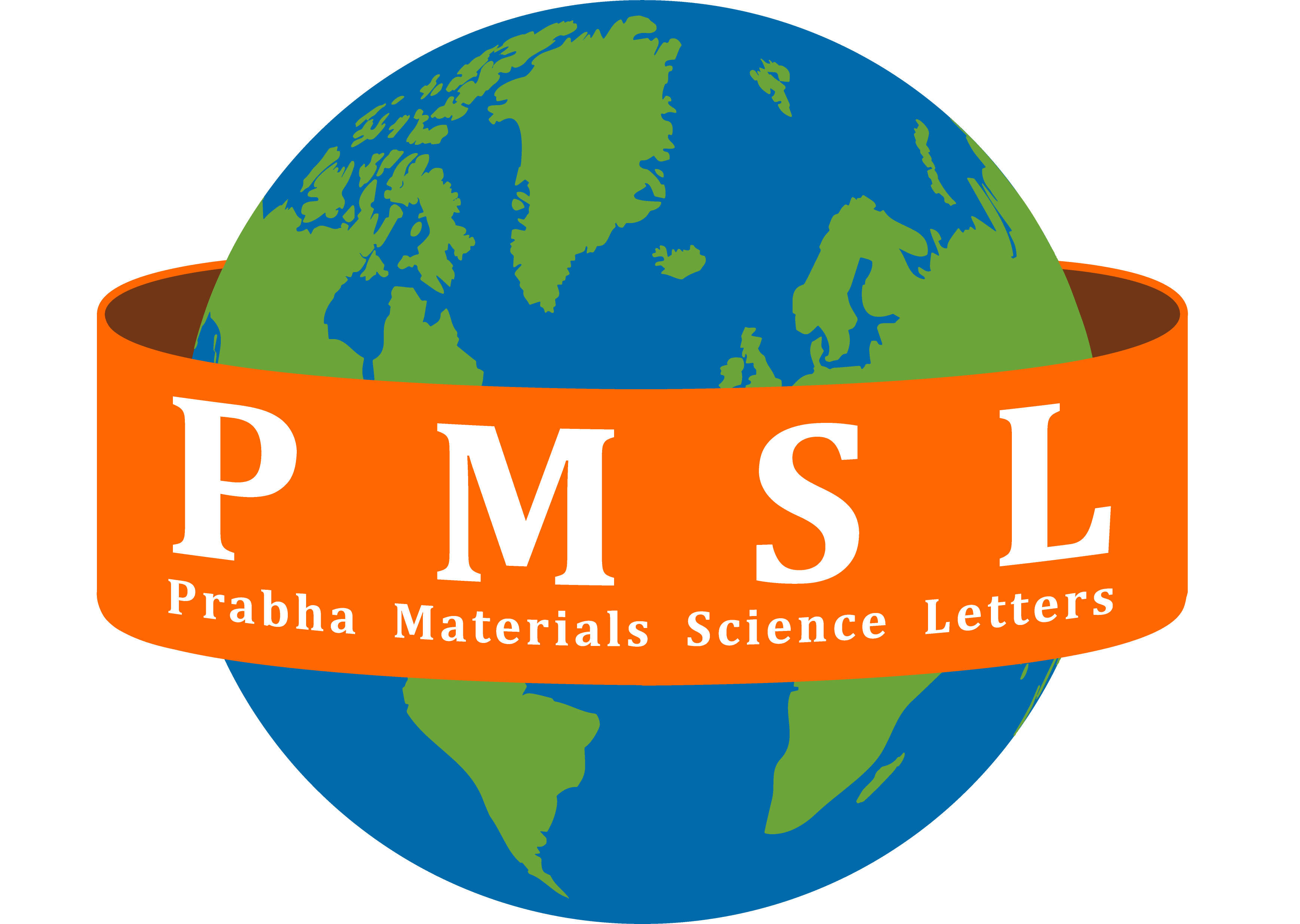Huynh Ngoc Toan
Faculty of Natural Sciences and Institute of Research and Development, Duy Tan University, Da Nang, Viet Nam.
Chu Thi Anh Xuan
Institute of Science and Technology, TNU-University of Sciences, Thai Nguyen, Viet Nam.
Nguyen Quy Tuan
The University of Danang - University of Science and Education, Da Nang, 550000, Viet Nam.
Ngo Tran
Institute of Research and Development and Faculty of Natural Sciences, Duy Tan University, Da Nang, Viet Nam.
DOI https://doi.org/10.33889/PMSL.2024.3.2.015
Abstract
Electromagnetic (EM) pollution has become one of the most severe forms of pollution for humans and electronic devices. In order to protect humans and electronic devices from electromagnetic interference (EMI), the material that could shield the EMI should be considered. Hexagonal ferrites are considered as promising candidates for EMI shielding materials. This work fabricated Cu, Co, and Ti co-doped SrFe12O19 (SrFe12–2x(Cu0.5Co0.5Ti)xO19) samples to investigate EMI shielding properties. Among the samples, the doped ones exhibited better EMI shielding performance than the undoped one, which could be judged through total shielding efficiency (SET). In addition, the samples exhibited the best shielding performance in the frequency range of 8–12 GHz (X-band), with the best value of SET = 4.20 dB for the x = 0.20 sample, which could block ~62% of the incident microwave. The x = 0.05 sample also exhibited similar values with SET = 4.17 dB. The enhancement of SET values for doped samples compared to the undoped one could be attributed to the increase in conductivity caused by doping. In addition, the enhancement of SET could also be attributed to the effects of the magnetic dipoles combined with the electric dipoles of ferrites.
Keywords- SrFe12O19, Transitional metal, Doping, EMI shielding, Shielding efficiency.
Citation
Toan, H. N., Xuan, C. T. A., Tuan, N. Q., & Tran, N. (2024). Electromagnetic Interference Shielding Properties of SrFe12-2x(Cu0.5Co0.5Ti)xO19 Hexaferrite. Prabha Materials Science Letters, 3(2), 242-253. https://doi.org/10.33889/PMSL.2024.3.2.015.



